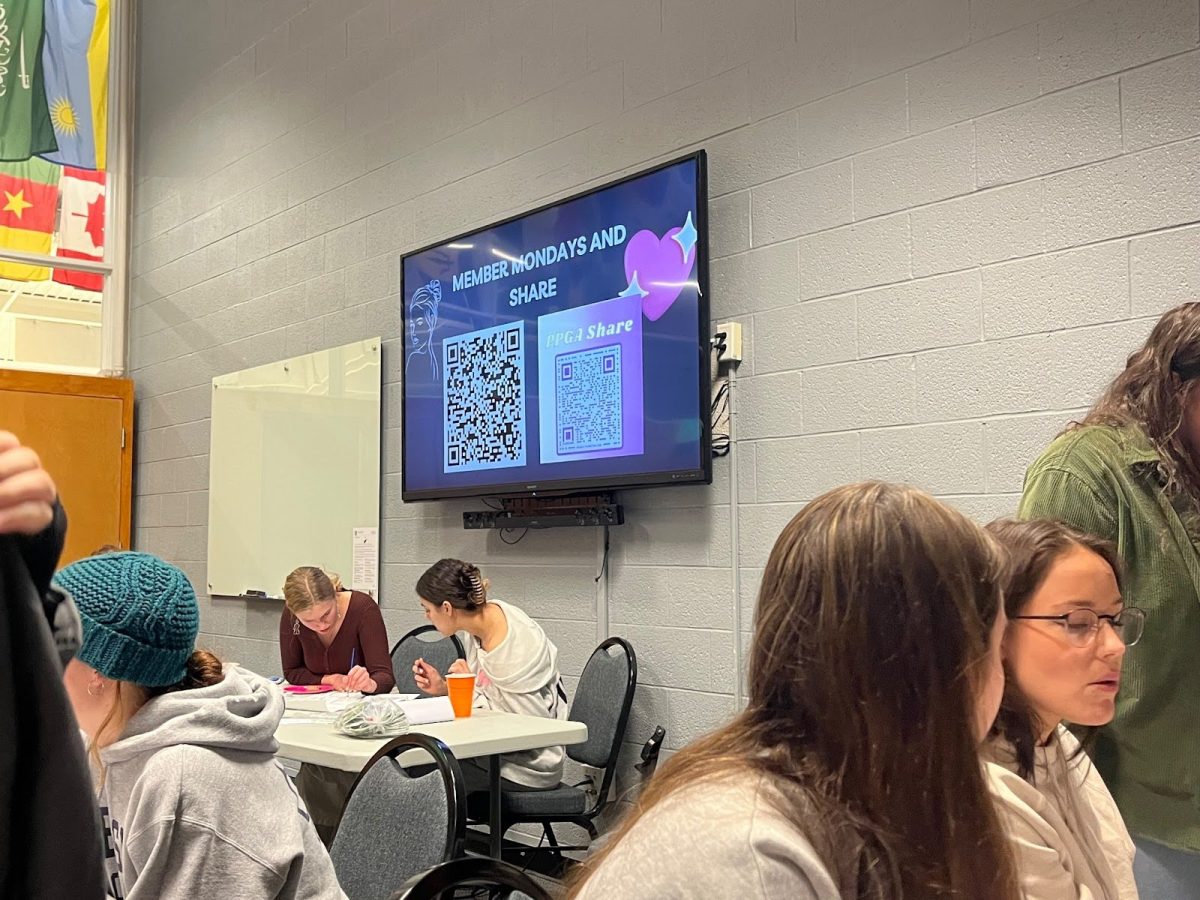By Melissa Proulx, Staff Writer
A new study of lunar soil in the permanently shadowed areas of the moon has resulted in some shocking conclusions — literally.
Andrew Jordan, a researcher for the UNH Institute for the Study of Earth, Oceans, and Space, and lead author of the study, presented a new theory that states the moon’s soil stores electric particles. This leads to millimeter long sparks that cause the grains to break apart and become smaller than they already are.
One of the main pieces of supporting evidence, according to Jordan, is because these regions of the moon that never receive sunlight are so cold (-240 degrees Celsius to be exact) that the soil has a “nice electrical insulator,” thus allowing it to hold its electric charge.
With positive protons nestled right below the surface and the negative electrons just a little farther down, the breakdown is a small spark that could cause some major erosion of the lunar soil. This new research about protons and electrons offers a very different theory of lunar soil evolution than what is currently held.
“Most people in the community think that what’s effecting these regions is just meteorites,” said Jordan, who is also teaching Intro to Modern Astronomy this semester. “Our research is showing that because these regions are so cold, something else is also going on.”
Jordan has worked with a team of scientists (including UNH’s Jody Wilson, Nathan Schwadron, Harlan Spence, and Colin Joyce) for the last year, collecting from the Cosmic Ray Telescope for the Effects of Radiation (or CRaTER) instrument on board of NASA’s Lunar Reconnaissance Orbiter. The team also used data from the Electron, Proton, and Alpha Monitor on the Advanced Composition Explorer, a NASA instrument designed to study the energetic particles of various parts of space that can bombard the moon.
“This is a weathering process that no one’s ever thought of before,” Jordan said. “It’s helping us with making predictions about the implications of what to expect if we went to the shadowed areas.”
The study recently gained some more attention after it was published in the “Journal of Geophysical Research: Planets,” a peer reviewed scientific journal published by the American Geophysical Union. Since then, Jordan and his team have received national attention for their work, with an article published based on the results from the study in the New York Times on Sept. 7.
Originally conceptualized by Tim Stubbs who works at the NASA Goddard Space Flight Center, Jordan said that the new study offers a fresh perspective on our orbital partner, showing that the lunar surface may be much more active than originally thought.
This study, however, acts as a steppingstone for further research. The next steps soon to be underway for Jordan and the rest of the CRaTER team are to “figure out how important this evolution of lunar soil is,” as well as its impact and where else it might be happening in our solar system. Though not positive, Jordan guesses that some moons in the solar system and the planet Mercury might be experiencing a similar phenomenon.
“The possibility that something like this is happening is exciting,” Jordan said. “[Our research] is definitely going to get expanded.”




















